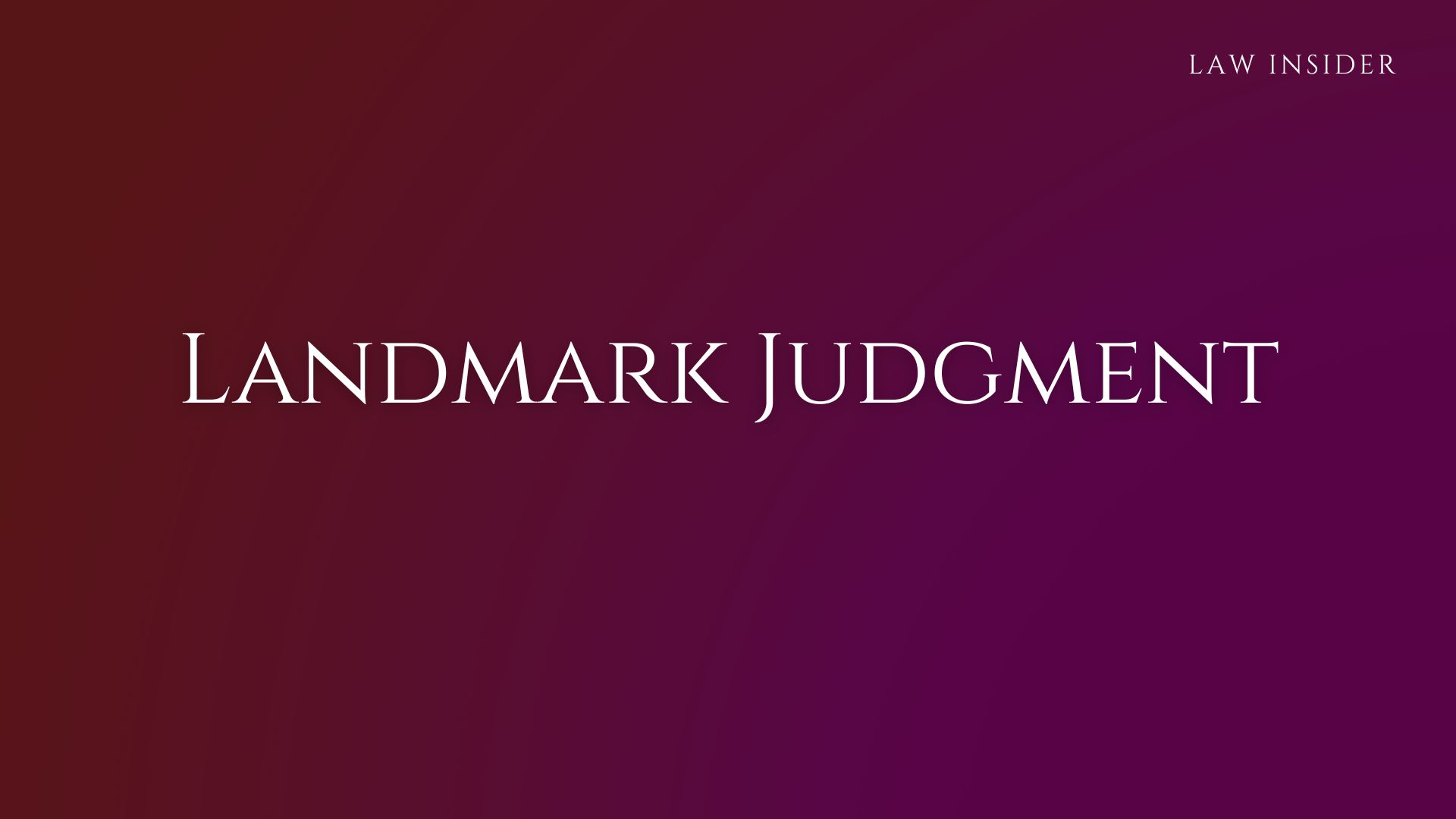Published on: 17 August 2023 at 07:30 IST
Court: Supreme Court
Citation: Amitsingh Bhikamsingh Thakur V. State of Maharashtra (2007)
Honourable Supreme Court of India has held that Test Identification Parade does not constitute substantive evidence but can only be used for corroboration of the statement in court. It is primarily meant for the purpose of helping the investigating agency with an assurance that their progress with the investigation is proceeding on the right lines.
The main object of holding an identification parade, during the investigation stage, is to test the memory of the witnesses based upon first impression and also to enable the prosecution to decide whether all or any of them could be cited as eyewitnesses of the crime.
13. As was observed by this Court in Matru v. State of U.P. identification tests do not constitute substantive evidence. They are primarily meant for the purpose of helping the investigating agency with an assurance that their progress with the investigation into the offence is proceeding on the right lines. The identification can only be used as corroborative of the statement in court.
The necessity for holding an identification parade can arise only when the accused are not previously known to the witnesses. The whole idea of a test identification parade is that witnesses who claim to have seen the culprits at the time of occurrence are to identify them from the midst of other persons without any aid or any other source.
The test is done to check upon their veracity. In other words, the main object of holding an identification parade, during the investigation stage, is to test the memory of the witnesses based upon first impression and also to enable the prosecution to decide whether all or any of them could be cited as eyewitnesses of the crime.
The identification proceedings are in the nature of tests and significantly, therefore, there is no provision for it in the Code of Criminal Procedure, 1973 (in short ‘the Code’) and the Evidence Act, 1872 (in short ‘the Evidence Act’). It is desirable that a test identification parade should be conducted as soon as after the arrest of the accused. This becomes necessary to eliminate the possibility of the accused being shown to the witnesses prior to the test identification parade.
This is a very common plea of the accused and, therefore, the prosecution has to be cautious to ensure that there is no scope for making such allegation. If, however, circumstances are beyond control and there is some delay, it cannot be said to be fatal to the prosecution.
Drafted By Abhijit Mishra

